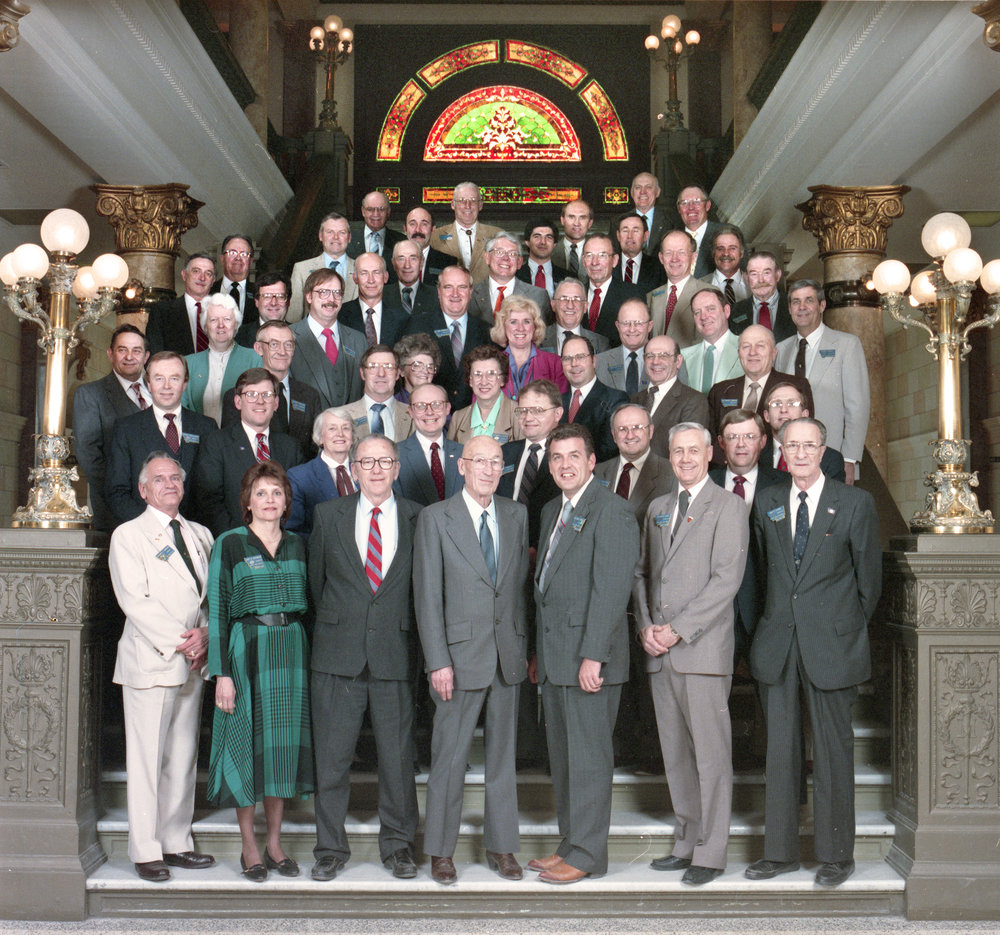City, County, or Other: 6 Basic Forms
| Site: | MSL Learn |
| Course: | Trustee Essentials: Understanding Local Government and Its Relationship to the Library |
| Book: | City, County, or Other: 6 Basic Forms |
| Printed by: | Guest user |
| Date: | Friday, 21 November 2025, 9:08 AM |
Defining the Forms
The authority of the board, how library funding works, the relationship between the board, the director, and local government are influenced by the form of government of the entity that created the library.
Make a Guess: What form of local government do you interact with the most?
We will review the types of local government found in Montana in this section, but it will be helpful to do some reading from the Resource Library first.
To learn more about the different forms of government please review Chapter 1.3 of the Montana Municipal Officials’ Handbook created by the Local Government Center at Montana State University.
- 1.301 Forms of Government Defined
- 1.302 Permitted Forms of Municipal Government
- 1.303 Methods to Alter the Form of Municipal Government
- 1.304 Principal Statutes Related to the Forms of Government
- Table 1.3 Forms of Municipal Government in Montana
Although the handbook focuses on municipal government, the Commission and Commission-Manager form of government are the primary structures found in county government.
You can use the copy of the Handbook found in the Resource Library or visit the Montana Local Government Center website.Plan to spend about 15 minutes on this reading and then come back to the course to move forward..
First - a Little Civics 101
There are three major branches in government – legislative,
executive, and judicial. We might call them branches but it’s the purpose of these
branches that is most important for understanding the role of local government.
- Legislative – this involves creating and updating laws that determine what citizens can or cannot do as a member of a community. Laws may also define terms and expectations for agencies or departments within government.
- Executive – this involves administering the laws created by legislation. It’s identifying and following through on the logistics of meeting people’s expectations and managing what people can and cannot do.
- Judicial – this branch is charged with enforcing and interpreting the law.
This course will point out how these functions are handled within the different forms of government.
When you think about the library – who handles the legislative, executive, and judicial functions of the library?
Forms of Local Government
There are six major forms of government. Montana Code Annotated spells out the duties and expectations of each form of government. Please note that local differences may impact the way your local government functions. It is not uncommon for a city or county to combine two different forms of government.
What's Your Form?
It's time to find out if your answer for your city or county’s form of government was correct.
Please visit the Local Government Profiles created by the Local Government Center at Montana State University to verify your city and/or county’s form of government. The most current listing is from 2020. You can visit the website linked above or refer to the Resource Library in this section for a copy.
Here is a key to the acronyms used in the chart at the bottom of the document.
County Forms of Government
Charter (C)
- COM-EX (Commission Executive)
- COM (Commission)
Non Charter
- COM (A)
- MGR (Manager)
- ECOF (Elected County Official Form)
Powers of Government
- SELF (Self Government)
- GEN (General Government)
Method of Election
- P (Partisan)
- NP (Nonpartisan)
Municipal Forms of Government
Charter (C)
- MGR (Manager)
- COM-EX (Commission Executive)
- TM (Town Meeting)
Non Charter
- MGR (A) (Manager)
- COM-PO (Commission Presiding Officer)
- COM-EX (Commission Executive)
- COM-EX (A)
Powers of Government
- SELF (Self Government)
- GEN (General Government)
Method of Election
- P (Partisan)
- NP (Nonpartisan)
Your next activity is Knowledge Check 1.